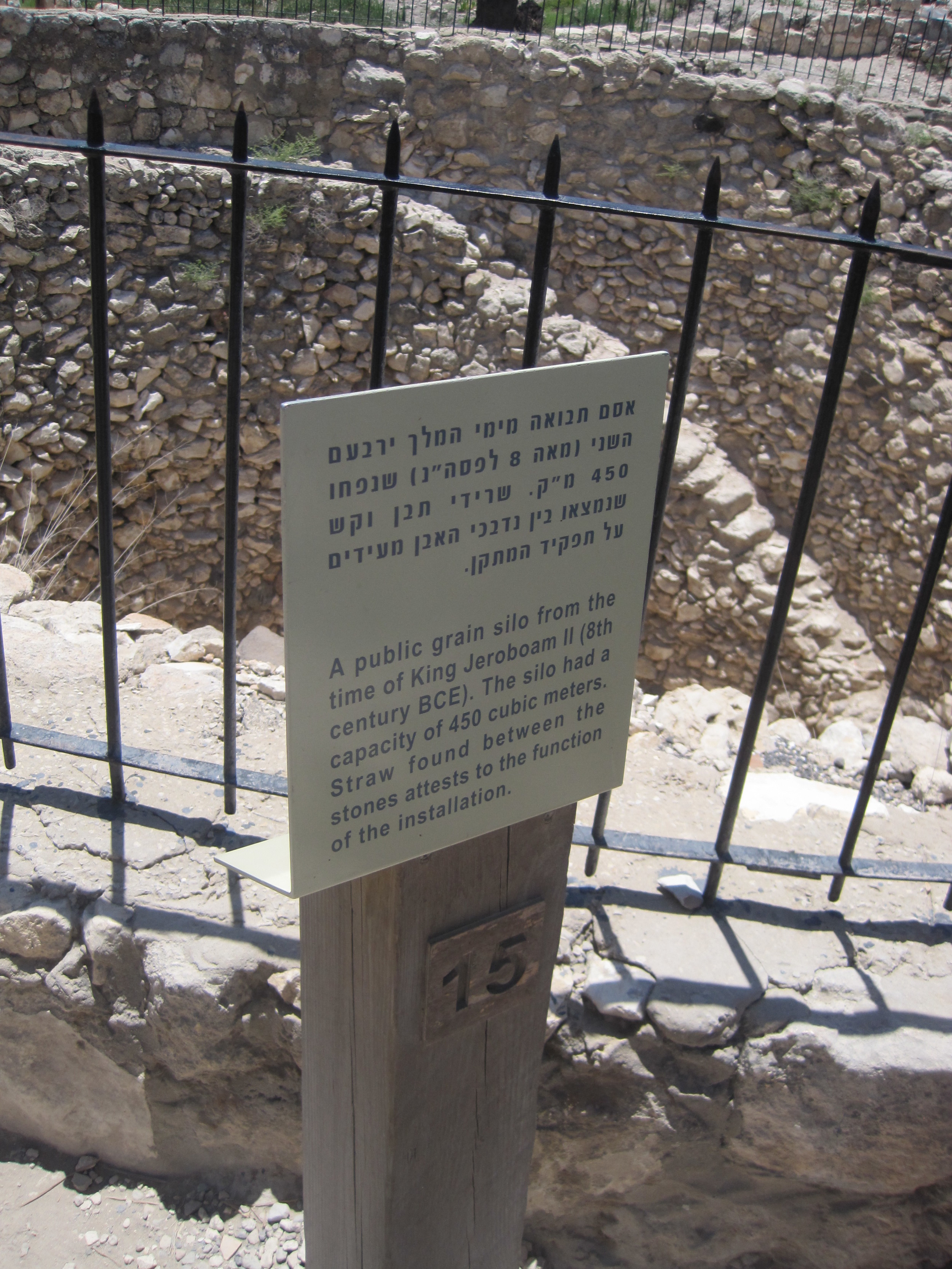It is very fitting that the last stop of our learning tour was Megiddo, a word that means Armageddon in Greek (Armageddon is the battle in the Bible during the end times).
Megiddo is an extremely large tel where 26 layers have been unearthed. It was an extremely important city-state that guarded the narrow strip of land that was the trade route between Assyria and Egypt. People lived in Megiddo from 7000 BCE until 586 BCE, and excavators found a temple here used in the Early Bronze Age that was the biggest and most monumental edifice (system of religious beliefs) of its time in all of the middle east.
The site started to excavated by the University of Chicago (along with the Oriental Institute in Chicago) in 1925 and was funded by John D. Rockefeller (have you heard of Rockefeller center in New York? That was named after his family) until World War II. The site began to be excavated again during the 1960s and ever since 1994. We even have some of our volunteers stay here to help dig for their last week since we were not able to return to Ashkelon!
Junior Archaeologist Assignment:
Go through your logbook and look at all of the notes you have made during the summer. What was the most interesting thing you learned? Do you still have any questions about archaeology that aren't answered on our site? What job might you want to do on a dig site? Email your answers to me at teachashkelon@gmail.com and I will post some of the responses I get!
Question of the Day:
Why do you think that the Greek name for this site means "Armageddon"? What about the site might have led them to call them that?









